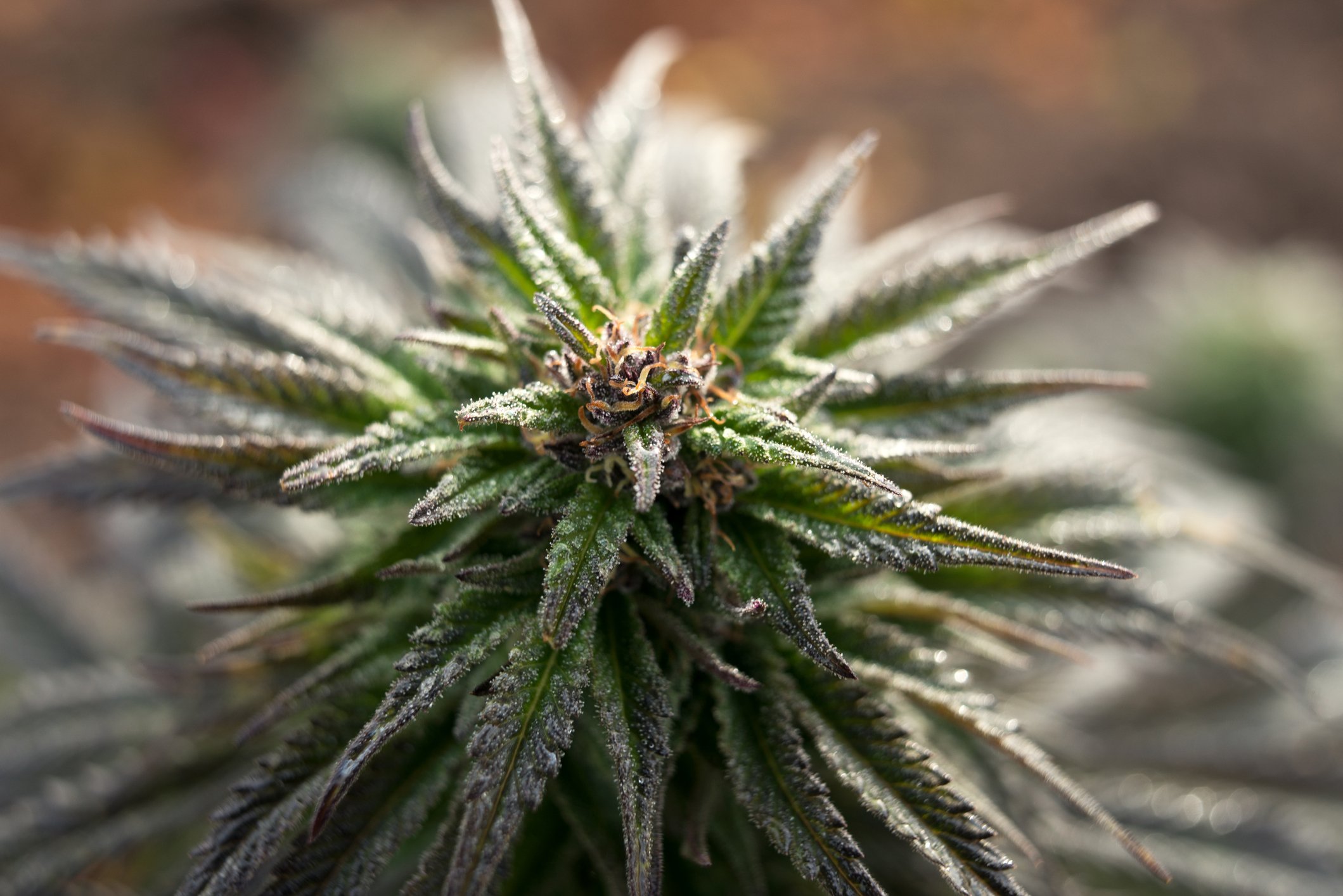The expectation has long been that marijuana would be among the fastest-growing industries in the world over the next decade. We've already witnessed global cannabis sales more than triple over the past four years, and know that tens of billions of dollars in sales are undertaken annually in the black market. The demand is there -- it's simply a matter of continuing to legalize in new markets, and coercing consumers to purchase via legal channels.
Of course, the cannabis investment thesis has taken a big hit in recent months, and it has some folks questioning whether marijuana stocks can really deliver the green at all.

Image source: Getty Images.
Has the "green rush" investment thesis gone up in smoke?
To our north, Canada has been hit by a variety of regulatory issues that have led to supply problems throughout much of the country. Health Canada, the agency tasked with approving cultivation, processing, and sales licenses, entered the year with more than 800 applications on its desk for review. It's simply been unable to approve these applications quickly enough, leading to lengthy wait times for growers to get their products to market.
By a similar token, certain Canadian provinces have been slow to grant the go-ahead to physical dispensaries. Ontario, a province of 14.5 million people, has just 24 retail locations at which to purchase legal marijuana at the moment. This is helping to steer some consumers to the black market.
In the U.S., high tax rates and slow dispensary rollouts in certain states are to blame for cannabis-industry weakness. California, the most prominent marijuana market in the world, can hit consumers with an aggregate tax rate of as much as 45% on recreational pot. This includes state and local taxes, a 15% excise tax rate on recreational weed, and a wholesale tax on dried flowers or leaves. Once again, the end result is a flourishing illicit market.
While these recent problems might cause some folks to shy away from the pot industry, there are two friendly reminders about investing in marijuana stocks that I feel are worth passing along.

Image source: Getty Images.
1. Growing pains are a natural part of any "next big thing" investment
First of all, growing pains were fully expected within the marijuana industry.
Over the past quarter of a century, investors have witnessed a flurry of "next big thing" investments take shape. The rise of the internet, business-to-business commerce, genome decoding, blockchain, and 3D printing are examples of hot trends that investors latched onto. However, none of these investment trends were able to hold their parabolic valuation gains, because investor expectations for such trends always outpace reality.
The thing with the "next big thing" is that, typically, there's no precedent. This makes it incredibly difficult for even seasoned Wall Street analysts and investors to predict what sort of challenges an industry will encounter. In June 2018, pretty much every Wall Street analyst was counting on oversupply being Canada's biggest concern. Yet here we are in November 2019, and growers simply aren't able to get anywhere near enough of their product in front of consumers in retail stores. It's impossible to know ahead of time what sort of growing pains a hot investment trend will encounter.
Mind you, this doesn't mean the cannabis industry can't meet lofty global sales expectations in 10 years' time. It's just going to be a bit bumpier than the pie-in-the-sky forecasts had portended.

Image source: Getty Images.
2. There's more to marijuana stocks than just growers
Sure, marijuana stocks have been awful investments of late, but there's more to the industry than just buying the four or five most popular Canadian growers. If you're willing to do a little homework, you'll find ways to avoid a lot of the unpredictability, supply-chain problems, and excess taxation that have plagued the North American weed industry.
For instance, investors could consider purchasing an extraction-services provider like Valens GroWorks (VGWCF +0.00%). Valens signs contracts with hemp and cannabis producers in Canada to process their biomass for resins, distillates, concentrates, and targeted cannabinoids that can be used in high-margin derivative products. These derivatives are a must-have for any pot grower, placing Valens' third-party services in high demand.
Furthermore, Valens' contracts are typically for two or more years. It has a deal in place to process hemp and cannabis biomass for HEXO, totaling 80,000 kilos in aggregate over two years, and will do the same for Tilray, with a target of 60,000 kilos per year. This creates highly predictable levels of cash flow for Valens GroWorks.
Another option would be for investors to consider U.S. cannabis stocks with minimal exposure to high-tax states. Take Trulieve Cannabis (TCNNF 0.12%) as a good example. Trulieve Cannabis has focused almost entirely on opening retail locations in Florida; it recently opened its 38th store in the Sunshine State. And it's one of the few cannabis stocks to be profitable on an operating basis. Even though Trulieve does have minimal exposure to California through an acquisition, its focus on Florida has proved critical to keeping its operating expenses low.
The point is: There are plenty of attractive marijuana stocks to choose from, beyond just Canadian growers.






